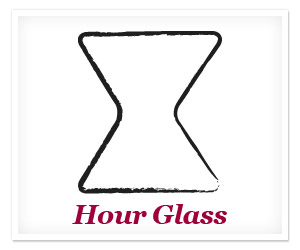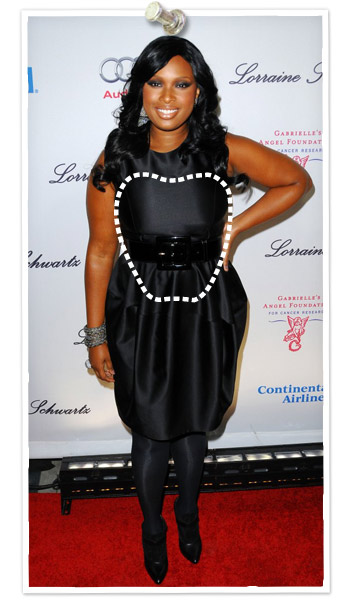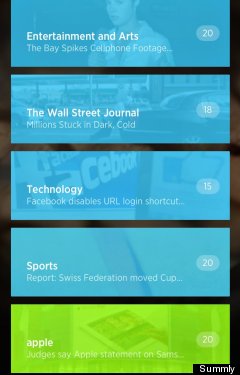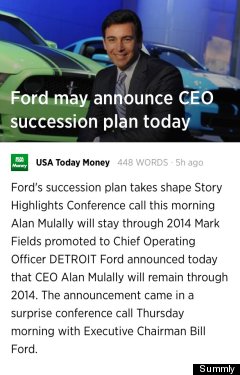
Collagen is a major component in forming your body's
tendons, ligaments, muscles and cartilage. As you age, your body is less able to
manufacture a sufficient amount of collagen. Collagen capsules can help maintain
your body's repair process. If you have food allergies, be aware that bovine and
chicken collagen are commonly used in these capsules. Check with your health
care provider before supplementing with collagen.
Improve Circulation
Collagen capsules can strengthen blood vessels and
improve their elasticity. Collagen fortifies your blood vessels to improve
circulation throughout the body. Blood and nutrients are delivered to your skin,
resulting in healthy, radiant and youthful-looking skin.
Promote Healing of Injuries
Collagen is needed to repair and rebuild connective
tissue to encourage strong muscles, skin and joints. Collagen also strengthens
the structure of bones, tendons, cartilage and ligaments. Collagen capsules can
encourage muscle mass to regenerate and help athletes recover from
sports-related injuries faster.
Releive Arthritis Pain
Arthritis is an inflammation in the joints that can
cause limited and painful mobility in your hand, arm, shoulder, hip and knee
joints. Collagen capsules may increase your joint mobility and reduce arthritis
pain. The Daily Mail website cites a study conducted by Dr. Stefan Oesser at
Kiel University in Germany that demonstrated that by adding collagen to
cartilage tissue, it was possible to encourage extra cells to
grow.
Reduce Appearance of Cellulite
Cellulite occurs when fatty tissue pushes upward through
fibers into the upper layer of skin. The result is a dimpled appearance of the
skin. The website collagencapsules.org says collagen capsules work from the
inside of your body to reduce the appearance of cellulite. Collagen promotes
your body to rebuild and repair the fibers that cause cellulite to
appear.
Reduce Wrinkles
As collagen depletes, wrinkles and lines form in those
places where the skin moves most--such as joints, forehead and lips. Wrinkles
and skin blemishes benefit the most from collagen. Aging is the main cause of
wrinkles. However, environment, pollutants and rays from the sun all contribute.
Regularly taking collagen capsules encourages your skin to become soft and
supple.
Improve Hair
Collagen is a major component in hair growth, because it
fights off free radicals that can affect your hair's texture, growth and
thickness. Restoring collagen in the hair shaft can improve hair growth.
Collagen capsules strengthen hair and increase the diameter of individual hairs,
giving your hair an overall fuller
appearance.


 Pear body shape
Pear body shape Hourglass body shape
Hourglass body shape Rectangle body shape
Rectangle body shape Wedge body shape
Wedge body shape























